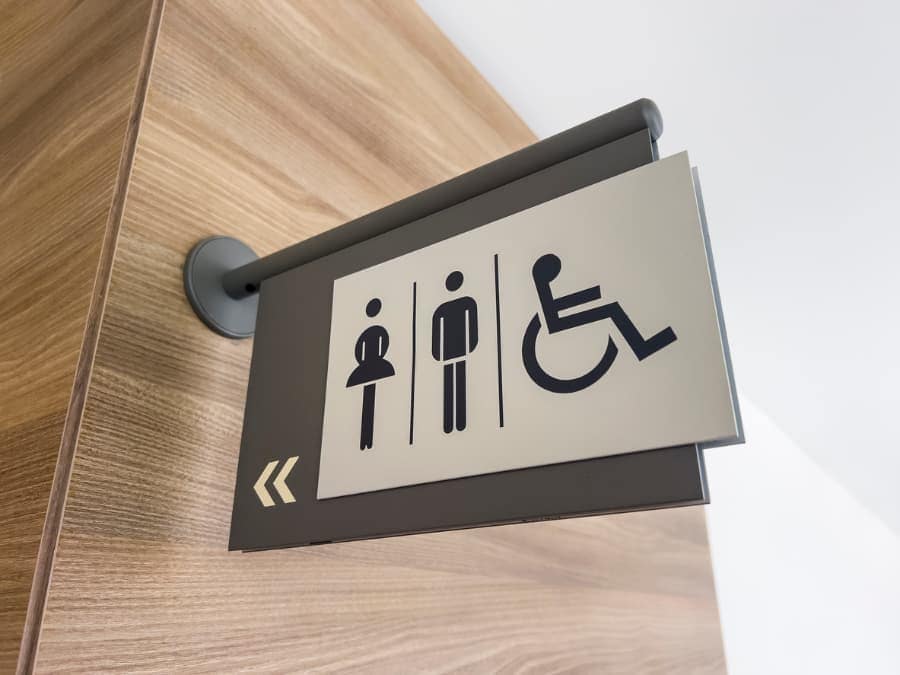An overactive bladder is what specialists use to describe a combination of urinary symptoms. Although not considered a disease, overactive bladder can create several unpleasant occurrences, such as the need to urinate more frequently, uncontrollable urges to pee, urinary incontinence, and sensations of needing to pee during the night.
The board-certified urologists at Richmond University Medical Center specialize in caring for patients who experience conditions involving the urinary system, including overactive bladder. Here, we discuss what causes overactive bladder and options for treatment.
How Common Is Overactive Bladder?
Although it may be embarrassing to discuss, overactive bladder is very common in men and women. Symptoms of overactive bladder affect up to 33 million adults in the United States, including as many as 30% of men and 40% of women. Adults over the age of 65 are most likely to experience overactive bladder. However, women typically begin to experience overactive bladder at an early age, usually around 45.
How Overactive Bladder Can Impact Quality of Life
The urinary system is responsible for filtering and removing wastes and toxins from the body. The kidneys, ureters, bladder, and urethra make this process happen, each having an important role. The bladder stores urine until it exits the body.
While going to the bathroom is normal, needing to go frequently can get in the way of life’s moments. Patients dealing with overactive bladder may find it difficult to get through the day without needing to use the restroom multiple times. Some individuals may be reluctant to engage in social events for fear of needing to use the bathroom often, creating feelings of loneliness and isolation.
Furthermore, if not properly treated, an overactive bladder can impact relationships with loved ones, disrupt sleep and sex life, and lead to infections.
Potential Causes of Overactive Bladder
An overactive bladder happens when the detrusor muscle (a collection of smooth muscle fibers inside the bladder) contracts when urine levels are low. This can occur due to several conditions, injuries, or other circumstances, including:
Abdominal Injury from Childbirth
Pregnancy and childbirth can cause abdominal trauma by stretching and weakening the pelvic muscles. These muscles help support the organs located in the lower abdomen, such as the bladder. If pelvic muscles weaken due to an abdominal injury or trauma, the bladder can sag out of its normal position, potentially causing an overactive bladder.
Nerve Damage
Urinating involves communication between the brain and the urinary system. With a healthy bladder, the brain signals to the body the bladder is reaching its maximum capacity, indicating that it is time to flush out the system.
With an overactive bladder, the body sometimes sends signals to the brain that the bladder is full even when it is not, creating a sudden need to go. Nerve damage can cause miscommunication and be the result of certain diseases and trauma, such as:
- Herniated discs
- Multiple sclerosis
- Stroke
- Parkinson’s disease
- Radiation therapy
- Surgery of the pelvis or back
Excessive Medication, Alcohol, and Caffeine Use
Alcohol, caffeine, and certain medications can dull the body’s nerves. This state of inebriation can affect how efficiently the brain intercepts and transmits signals, potentially causing an overactive bladder.
UTI
A urinary tract infection (UTI) is an infection of the urinary system most commonly caused by bacteria. The bacteria typically enter through the urethra and infect the bladder, irritating bladder nerves and causing it to tighten without warning. Common UTI symptoms include feelings of needing to pee often, pain while urinating, and pain in the side or lower back.
Obesity
Being overweight can lead to a host of health concerns, including overactive bladder. The added body weight can place extra pressure on the bladder, which can cause urinary incontinence.
Hormonal Changes
Women who experience estrogen deficiency after menopause may have an overactive bladder.
How to Treat Overactive Bladder
Thankfully, there are several treatment options available to patients with an overactive bladder. Treatment options are generally unique to each individual and their specific cause of the overactive bladder.
After being examined by a specialist, patients may be presented with the following methods for treatment:
- Lifestyle changes
- Prescription medications
- Nerve stimulations
- Surgery
Comprehensive Overactive Bladder Care in Staten Island
The dedicated urology team at Richmond University Medical Center provides a broad spectrum of treatments for urologic conditions, including overactive bladder. With knowledge and experience in the latest advances in medicine, we perform innovative treatments to help patients reach their desired outcomes. Our medical center is outfitted with state-of-the-art equipment to ensure accurate diagnoses and the highest quality of patient care. Contact us to learn more about what causes an overactive bladder or schedule an appointment today to meet with our team of board-certified oncologists in Staten Island, New York.




